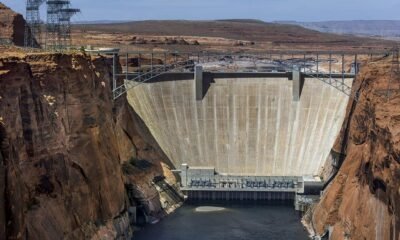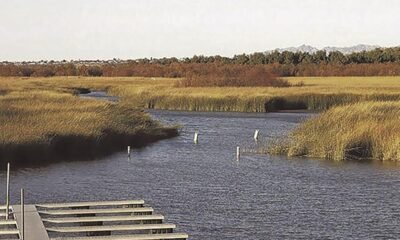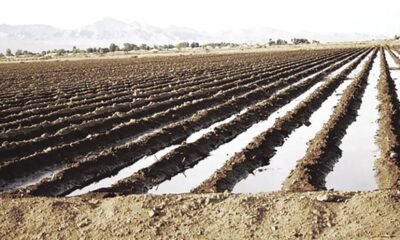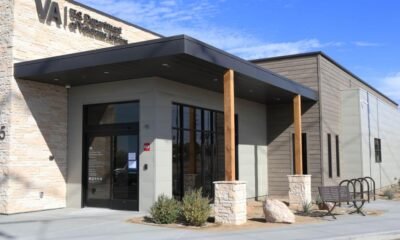arizona
Revamping Rural Water: A Resource-Driven Necessity

Arizona’s recent legislative session largely fell short in addressing the state’s critical water issues, leaving many to wonder if 2024 will bring any substantive change. While expectations were high, notable progress on this front remains elusive.
In the interim period, however, policymakers and water leaders have not stood idle. Conversations aimed at enhancing water security for rural Arizona are ongoing. A key player in these discussions is the Water Infrastructure Finance Authority (WIFA), which has launched a program focused on optimizing water usage and infrastructure for rural communities. This initiative, known as the Water Supply Development Revolving Fund (WSDRF), aims to empower local entities to make better use of their water resources.
The WSDRF, initially established in 2016 and refined in 2022, offers significant financial support—grants of up to $2 million and loans reaching $3 million, totaling $5 million for eligible rural water providers, tribal organizations, and conservation districts. The fund is versatile, catering to a variety of projects such as water conveyance, storage, recycling, and conservation efforts.
Rural communities often struggle with the financial burden of essential infrastructure needed for water efficiency and supply reliability. Many lack access to advanced tools that urban areas take for granted, such as early leak detection and efficient delivery systems. Additionally, implementing conservation measures like drip irrigation and canal lining requires substantial investment—resources that are frequently out of reach for these communities.
This reality underscores the necessity for the WSDRF. The program provides flexible repayment loans and grants free of matching fund requirements, depending on the project’s specifics and borrower needs. WIFA has already disbursed funds from the first round of applications, including $2 million allocated for emergency repairs in the Willcox Basin, where a damaged well posed a significant risk to the water supply of the City of Willcox. With numerous applications still pending, water providers throughout rural Arizona are encouraged to apply.
Despite its importance, the WSDRF has faced financial challenges. Last year’s state budget cuts reduced approximately 30 percent of the fund’s available resources, prompting concerns about long-term sustainability. For the initiative to remain viable, WIFA emphasizes the need for steadfast support from state policymakers to prevent further budget reductions.
The WSDRF stands as a unique resource specifically designed to assist rural Arizona with efficient water use. Protecting this fund is essential for securing the future of water systems in these communities. Neglecting to do so could have dire consequences.
Susan Montgomery and Buchanan Davis serve on the board of directors for the Water Infrastructure Finance Authority.

















